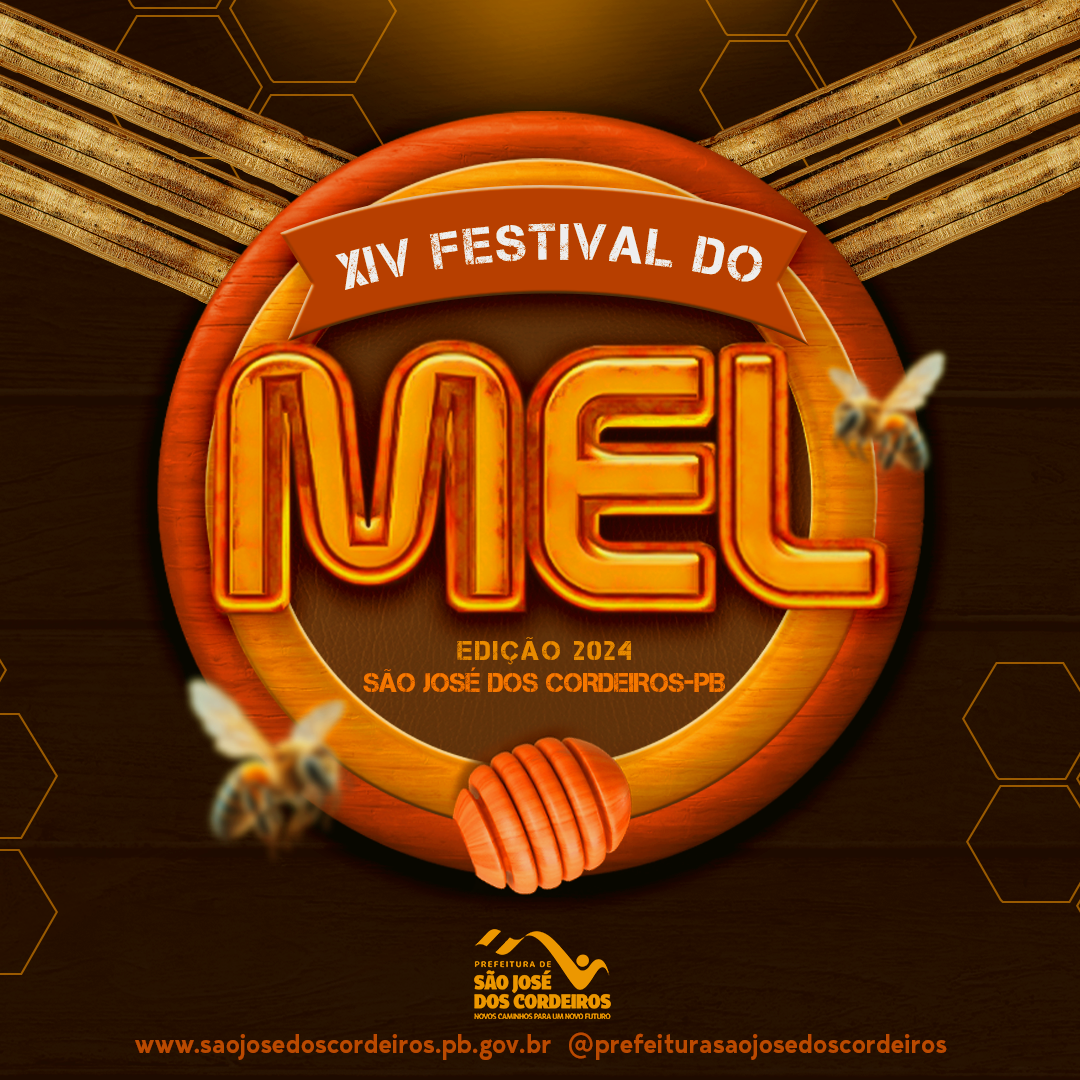Effective Control of Phorid Flies to Prevent Damage in Melipona Production
Effective Control of Phorid Flies
Keywords:
ParasiteAbstract
Phorid flies, belonging to the Phoridae family, are small insects commonly found in environments rich in decaying organic matter. Among the various species within this group, Apocephalus spp. is particularly noted for its ability to parasitize bees, including stingless bees of the Melipona genus. These flies lay their eggs within bee nests, where the larvae hatch and begin feeding on essential resources such as honey, pollen, and, in more severe cases, the bee larvae themselves. Parasitism by phorid flies can cause significant damage to Melipona colonies, leading to a decrease in the population of worker bees, a reduction in honey production, and, in severe infestations, the complete collapse of the colony.
To mitigate the impacts of these parasitic flies, farmers can adopt several practices that are both economically viable and sustainable. Regular maintenance of hygiene around the apiaries is crucial, preventing the accumulation of organic matter that attracts the flies. Additionally, the installation of physical barriers, such as fine mesh screens at the nest entrances, can prevent the flies from accessing the nests. The use of simple traps made from PET bottles, baited with attractants such as fermented fruits, can help capture adult flies, thereby reducing their population. Biological methods, such as promoting the presence of natural predators like insectivorous birds, also contribute to the natural control of these flies. Moreover, the use of essential oils, such as neem oil, can serve as a natural repellent around the nests, deterring flies without harming the bees. These strategies, when integrated and adapted to local conditions, provide an effective and affordable means of protecting Melipona bees against the threat of phorid flies, ensuring the continuity of honey production and the health of the colonies.
Downloads
Published
How to Cite
Issue
Section
License
Copyright (c) 2024 Arthur Queiroga Meneses Oliveira (Autor)

This work is licensed under a Creative Commons Attribution 4.0 International License.
Termo de cessão de direitos autorias
Esta é uma revista de acesso livre, em que, utiliza o termo de cessão seguindo a lei nº 9.610/1998, que altera, atualiza e consolida a legislação sobre direitos autorais no Brasil.
O(s) autor(es) doravante designado(s) CEDENTE, por meio desta, publica a OBRA no Caderno Verde de Agroecologia e Desenvolvimento Sustentável, representada pelo Grupo Verde de Agroecologia e Abelhas (GVAA), estabelecida na Rua Vicente Alves da Silva, 101, Bairro Petrópolis, Cidade de Pombal, Paraíba, Brasil. Caixa Postal 54 CEP 58840-000 doravante designada CESSIONÁRIA, nas condições descritas a seguir:
O CEDENTE declara que é (são) autor(es) e titular(es) da propriedade dos direitos autorais da OBRA submetida.
O CEDENTE declara que a OBRA não infringe direitos autorais e/ou outros direitos de propriedade de terceiros, que a divulgação de imagens (caso as mesmas existam) foi autorizada e que assume integral responsabilidade moral e/ou patrimonial, pelo seu conteúdo, perante terceiros.
O CEDENTE mantêm os direitos autorais e concedem à revista o direito de divulgação da OBRA, com o trabalho simultaneamente licenciado sob a Licença Creative Commons do tipo atribuição CC-BY.
O CEDENTE têm autorização para distribuição não-exclusiva da versão do trabalho publicada nesta revista.
O CEDENTE têm permissão e são estimulados a publicar e distribuir seu trabalho online (ex.: em repositórios institucionais ou na sua página pessoal) a qualquer ponto antes ou durante o processo editorial, já que isso pode gerar alterações produtivas, bem como aumentar o impacto e a citação do trabalho publicado.








